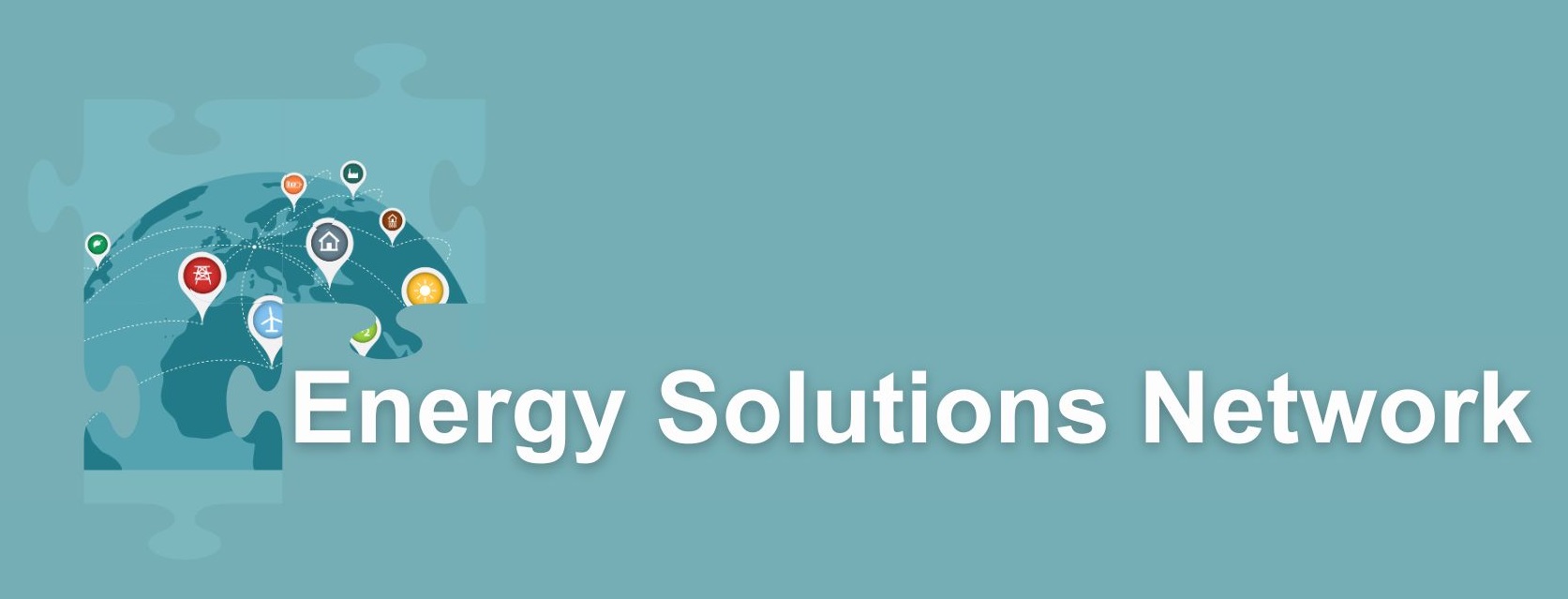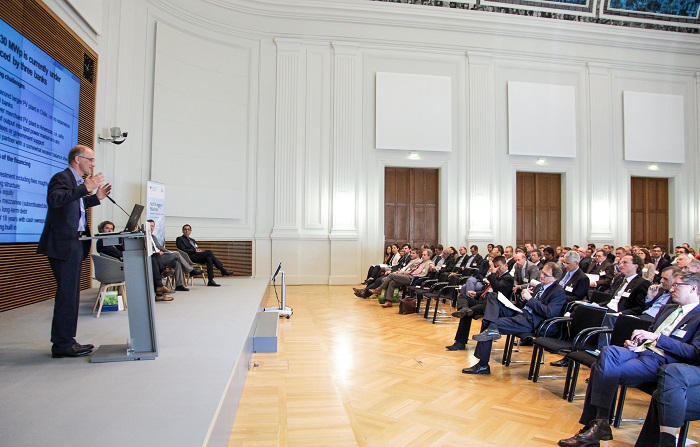A closer look: Optimising the heat supply

Waste heat use through heat-pumps
© Roth Werke GmbH
Optimising the energy management of the heat supply and the waste heat utilisation can be achieved in many cases. First, the heat requirement during operation should be minimised by optimising production processes as well as insulating pipelines, fittings and pumps. This also includes optimal balancing of heat demand and heat generation. Second, systems such as burner and boilers should be replaced, retrofitted or newly purchased to ensure efficiency. The use of variable-speed burners and CO2 or O2 emission control is recommended, in addition to monitoring of the set control parameters.
Further efficiency gains can be achieved by using heat recovery systems such as exhaust heat exchangers or burner air preheaters. The use of additional conversion or alternative generation technologies should also be explored. These include above all the use of combined heat and power (refrigeration) coupling systems, heat accumulators, heat pumps or renewable energy sources.
Burners and boilers
Just replacing existing heat generators with modern and energy-efficient burners and boilers can deliver high savings for year-round plants. Further measures such as optimised piping can enhance this effect.
Pipelines and storage
Applying an insulation layer of economical thickness on the pipelines enables heat losses to be reduced in a simple manner and operation to be optimised. Storage technologies can reduce peak load while increasing the base load share. Waste heat can often be avoided or better used in this way. For more information see heat transfer, distribution and storage and waste heat utilisation.




